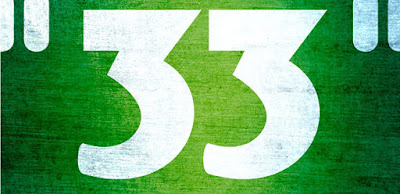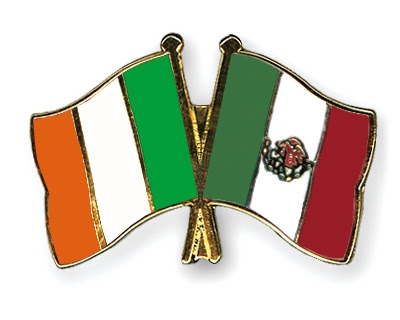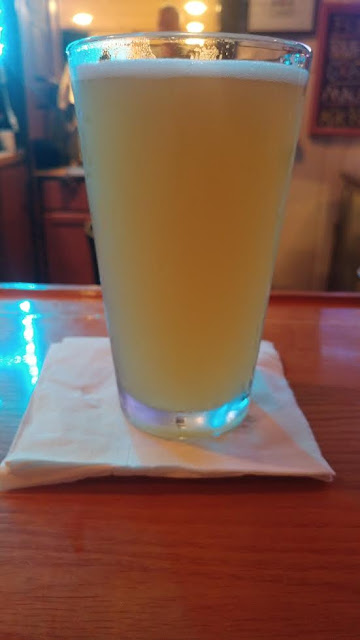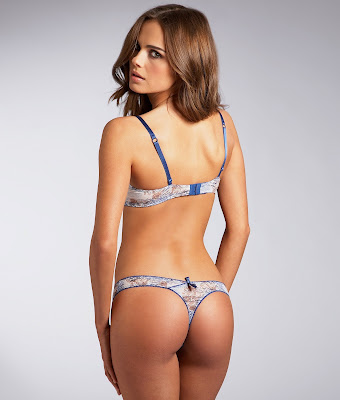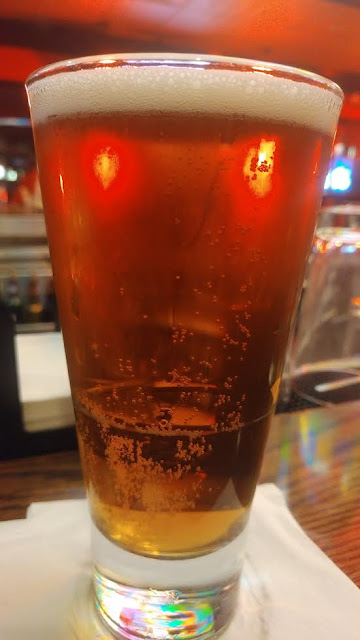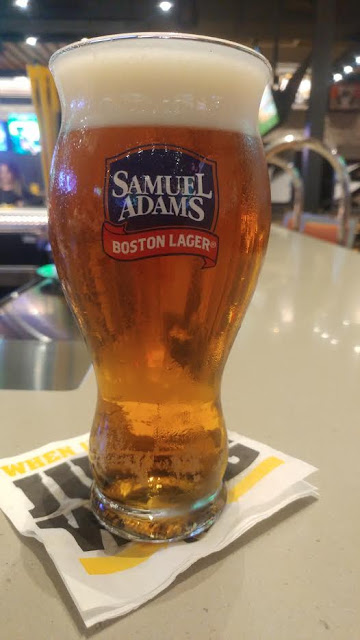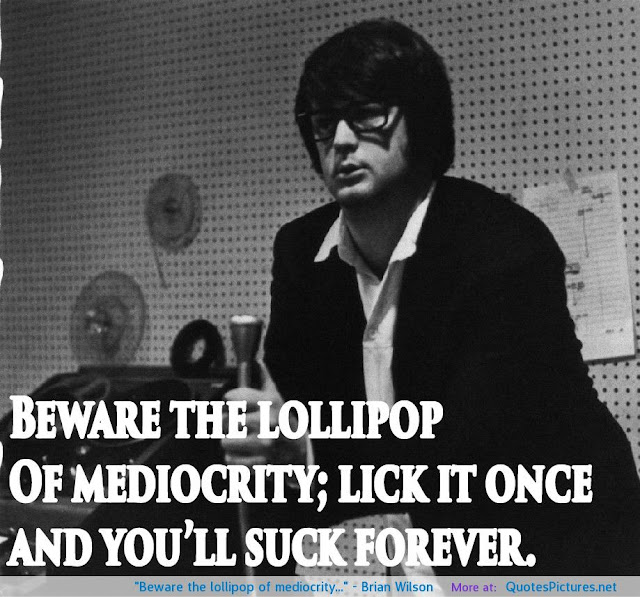 |
| Somebody is anxious for hockey season to start! |
BREWERY: Round Guys Brewing Company
STYLE: IPA
ABV: 6.3%
PURCHASE: Cask (pint), $7.00
SERVING: Pint glass. Standard 3/4-inch head from the cask. (A cask system is essentially a draft beer system minus additional nitrogen or carbon dioxide during dispensation.) Okay retention.
APPEARANCE: Transparent amber-caramel color with a white head. Average lacing with little visible bubbling.
BOUQUET: Aroma is more malt than hops, prompting me to ask: Is this an IPA? Citrus is very prominent, although it is just as much lemon rind as it is grapefruit.
PALATE: Very easygoing, juicy taste profile. Carbonation is next to nonexistent. Probably the least hoppy IPA I have ever had--they are barely noticeable, once again prompting me to ask: Is this an IPA? The grapefruit is there, but is tempered and pleasant with no bitterness. In fact, there is no bitterness of any kind--rare for any IPA, but especially for one from the home country. Subtly spicy aftertaste, but overall this is a timid beer.
MUSINGS AND METAPHORS: Another entry from one of the "new kids on the block" on the American craft beer scene, Round Guys from Lansdale, PA. "W/ Grapefruit" is in this beer's name due to the earlier version not having grapefruit at all, as you can probably guess. Not a bad brew, certainly. But points off for misrepresentation of its category.
I'll ask one last time: Is this an IPA? This could almost pass for Magic Hat.
GRADE: C
 |
| Get it? It's a MAGIC HAT! |


